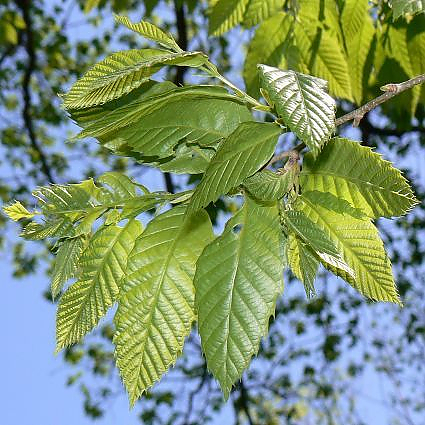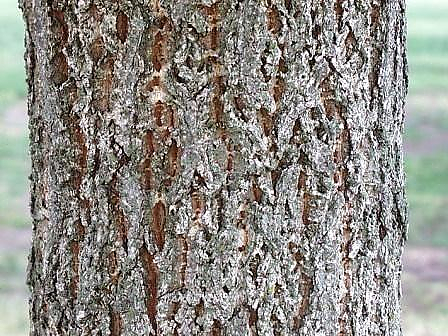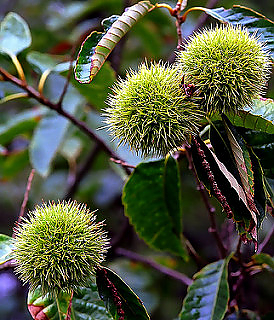Identification:
Leaves—
very long, thin, narrow, green in rows
Twigs—
long and thin, red-brown color
Flowers—
cream-colored flowers in catkins
Fruit—
little furry round chestnuts
Bark—
smooth texture, green-brown color
Natural History:
Lifespan—
They can live over 150 years.
General description—
Introduced to the US around the 1890s. They easily tolerate drought and they grow best in hotter and drier places (they also grow well in a variety of soils).
Natural distribution and habitat—
Native to Northern China and Korea.
Conservation status—
susceptible to certain diseases such as chestnut blight (it can tolerate it to a degree) which interferes with its growth.
Uses—
This is a very popular shade tree due to the dense foliage. Both humans and animals eat chestnuts (during the holiday season, they are even added to stuffing).




